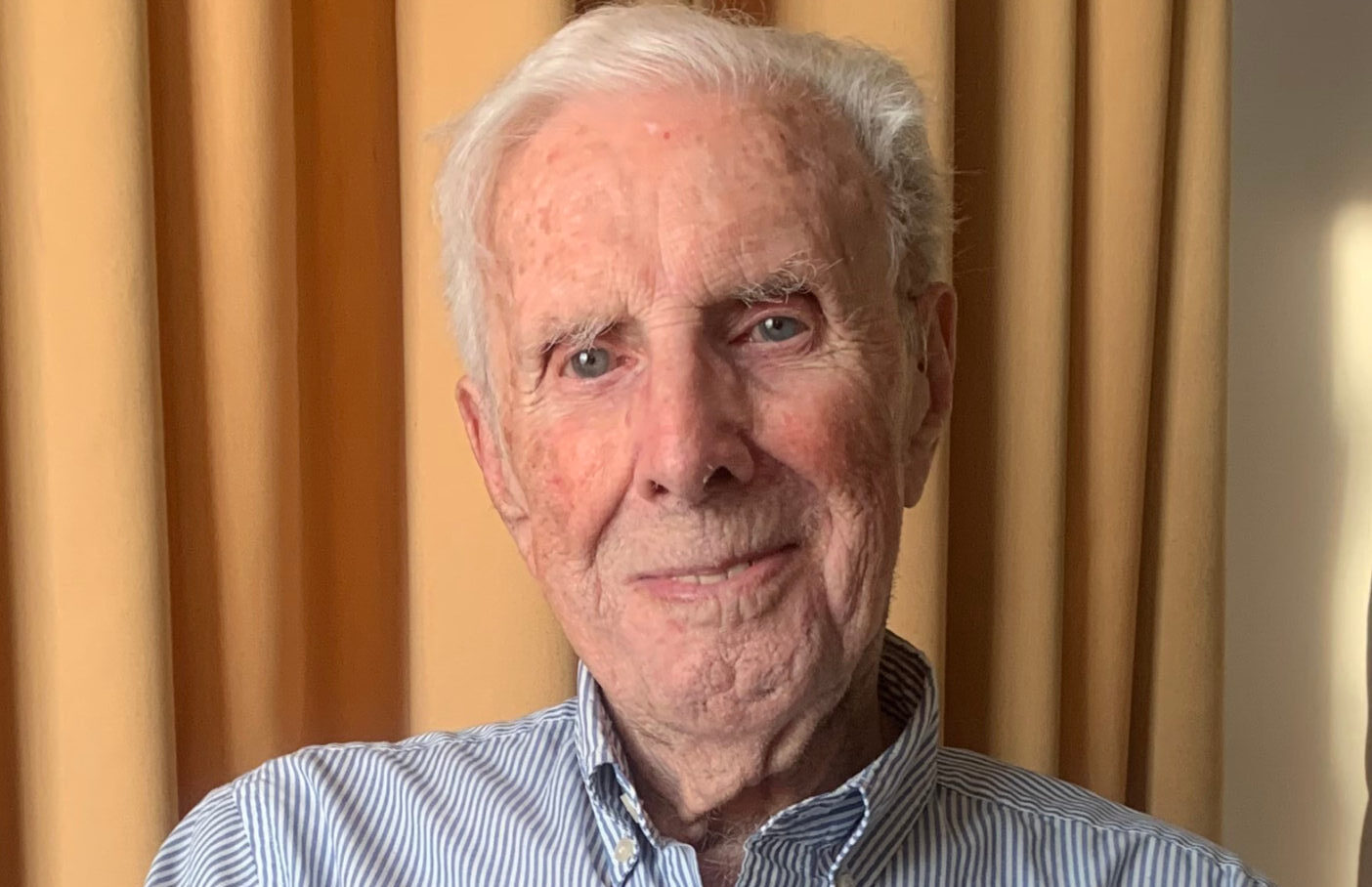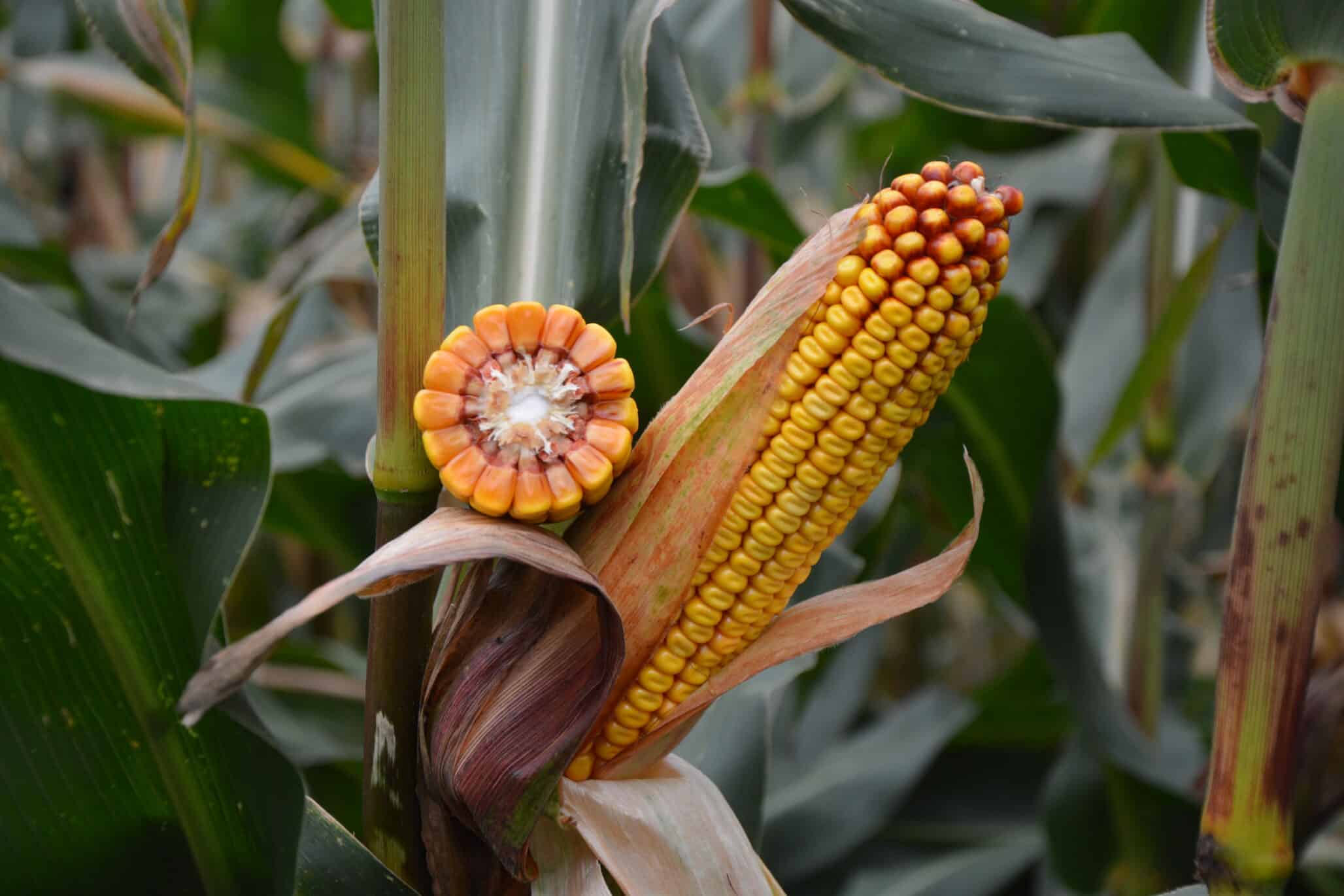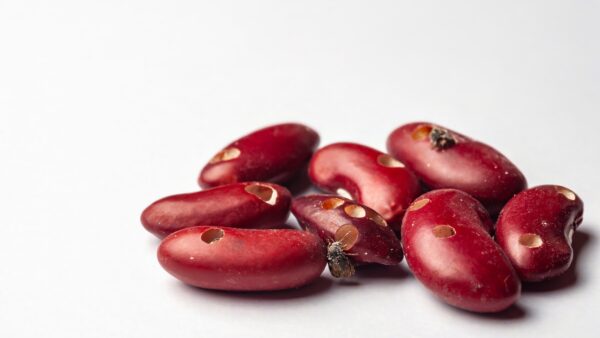Industry experts discuss the hurdles that must be overcome and possible solutions that could work to end world hunger.
From the field to the laboratory, new technology plays a major part in the international effort to develop seeds and cropping systems that will help achieve food security, but scientific innovations should be advanced in tandem with nutritional goals, training and public opinion, say delegates attending a 50th anniversary conference in Mexico City hosted by the International Maize and Wheat Improvement Center (CIMMYT).
The challenges are enormous. Already at least 900 million people do not get enough food to eat, global population is expected to increase by 2 billion by 2050 and scientists are battling the threat of climate change, which causes erratic weather patterns and global warming, projecting that for each 1 degree Celsius increase in global mean temperature, wheat yields may decline by 6 percent.
Even brief periods of high temperature stress could negatively affect healthy seed development and ultimately cereal yields, says CIMMYT wheat physiologist Matthew Reynolds.
“Some models estimate that by the end of the 21st century, a current 1-in-20 year hottest day will become a 1-in-10 year event, or even occur annually or biannually in many regions,” says Reynolds whose work involves exploring wheat genetic resources for new sources of heat and drought tolerance. “Cereal production is increasing worldwide but current rates of yield growth are not sufficient to satisfy future demand, even without climate change factored in, so we have to expect the worst to avoid the risk of widespread famine.”
Reynolds works with wheat physiologist Gemma Molero to develop high yield potential, heat and drought resistant plant ideotypes. Molero has designed a tool to assess wheat spike photosynthesis and its impact on grain filling, until now an overlooked aspect of how yields can be increased. She is working with Bayer to identify new possibilities for wheat breeding.
Global demand for cereals is expected to reach 3 billion tons by 2050, an increase of 940 million tons from yields produced between 2005 and 2007, with the greatest demand coming from developing countries. The demand shift will lead to significant price increases of more than 50 percent for maize and 25 to 50 percent for other crops even without climate change. If climate change is factored into the equation prices could increase 60 to 97 percent by 2050.
Although controversial, genetically modified crops constitute one option for increasing yields and have not been proven to be dangerous to eat, says Matin Qaim, professor of international food economics and rural development at the University of Gottingen in Germany. In the developing world, they help farmers to gain yields 20 percent higher than conventionally bred crops and earn almost 70 percent more income, according to Qaim.
“Farmers in developing countries benefit more from genetically modified crops than farmers elsewhere because they suffer more from pests and diseases,” Qaim says. “They also benefit more because most GM technologies are not patented, which means the seeds are cheaper than in developed countries.”
Neal Gutterson, vice president of research and development at DuPont Pioneer and a member of CIMMYT’s board of trustees, described the aims of a new collaboration the company has agreed with CIMMYT to develop crops capable of fighting devastating Maize Lethal Necrosis disease in Africa using CRISPR-Cas, an approach that allows precise “editing” of genes.
“CRISPR-Cas advanced plant breeding technology is a more efficient and targeted plant-breeding technology,” Gutterson says. “It enables the development of customized agriculture solutions to the real challenges farmers around the world face in growing healthy plants.”
Jose Falck-Zepeda, senior research fellow at the International Food Policy Research Institute, says that while innovative technology is vital, success will be attained by tackling development initiatives from a broad “whole systems” approach. Currently, science in the food system is built around narrow principles and objectives, he says. Focusing on gender and other equity issues are the starting point for technological change.
CIMMYT’s Water Efficient Maize for Africa (WEMA) project serves as an example of the whole systems approach, says Denis Kyetere, executive director of the African Agricultural Technology Foundation. Through WEMA, maize varieties are being developed using conventional breeding and biotechnology by CIMMYT, Monsanto and national research programs in Africa.
Seed from the program will ultimately be marketed royalty-free to smallholder farmers in sub-Saharan Africa through African seed companies, making the benefits of the technology available to everyone, Kyetere says, adding that public-private partnerships are key. A new, knowledge-based global food system focused on ensuring equity is a must, he says.
“The use of the public-private-partnership model in technology development and deployment along the entire product value chain is a game-changer in enhancing food security and for poverty reduction in Africa,” Kyetere says, adding that partners must share both responsibilities and risks to achieve a common goal.
Julie Miller Jones, professor emeritus of nutrition at St. Catherine University in St. Paul, Minnesota, criticizes authors and media personalities advocating wheat-free diets for the majority of population who do not suffer from celiac disease or wheat allergies. She also emphasized the essential role of grains in a healthy diet, and the health benefits of whole grain in particular.
“We have to stop picking on diets, the problem is us. We are eating too many calories,” she says.
Going “gluten-free” has become a big money maker for the food industry. Sales have soared 63 percent since 2012, with almost 4,600 “gluten-free” products introduced in 2014, according to the January 2015 issue of Consumer Reports magazine.
Catherine Bertini, 2003 World Food Prize laureate and former head of the U.N. World Food Programme, strongly advocated that nutrition should be given a leading role in the breeding process. “Let food be medicine,” says Bertini, who is currently a professor at Syracuse University.
Farmer Andrés H. Vinicio Montiel Ibarra, leader of a farmers association who works Mexico’s Sustainable Modernization of Traditional Agriculture (MasAgro) project, received the Cargill-CIMMYT Food Security and Sustainability Award on behalf of the association.
“Agricultural producers have to be change-makers,” Montiel Ibarra says. “We need to break with resistance to change.”
Achieving change requires effective communication, including coverage of complex scientific concepts, but fact-based arguments are seldom enough, says Tamar Haspel, a food columnist for the Washington Post newspaper.
“We seek sources of information that share our values and confirm our views,” Haspel says. “We find innovative ways to reject ‘facts’ we disagree with — if facts are not persuasive, how do we communicate about science?”













